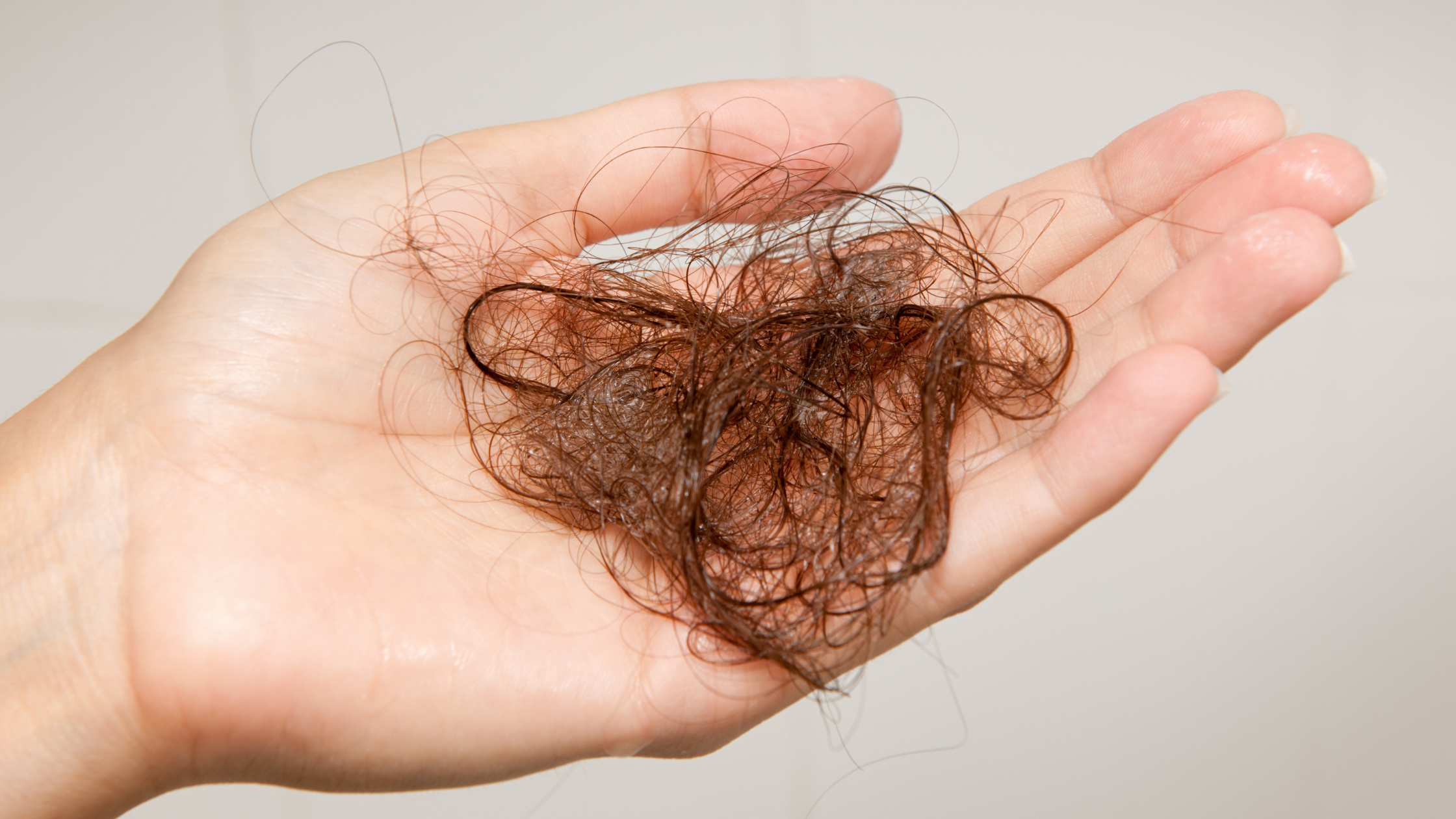Different types of hair loss

Losing hair is an experience that transcends age and background. Hair loss is not just a change in appearance; it's an experience that can significantly impact one's self-image and emotional well-being. From hormonal shifts to lifestyle choices, the causes of hair loss are diverse. Today, we’ll delve into a few common types of hair loss.
Androgenetic Alopecia
Androgenetic alopecia, commonly known as male or female pattern hair loss, is the most prevalent type of hair loss in the United States, affecting approximately 50 million men and 30 million women. This hereditary condition is linked to sensitivity to dihydrotestosterone (DHT), a derivative of testosterone. Its effects differ in men and women.
Women typically experience overall hair thinning across the scalp, without a receding hairline or complete baldness. Men, conversely, often notice thinning starting at the hairline and progressing to the top and sides, potentially leading to full baldness.
Traction Alopecia & Central Centrifugal Cicatricial Alopecia
Two types of hair loss that are often related to hair care practices are traction alopecia and central centrifugal cicatricial alopecia (CCCA). We discuss them together because both can be influenced by styling choices and product use, though they manifest differently.
Traction alopecia results from tightly pulled hairstyles like braids or ponytails, exerting prolonged tension on the hair roots. Over time, this constant tension weakens the follicles and leads to hair loss, particularly around the hairline or the affected areas.
On the other hand, CCCA, whose precise cause is still being researched, is thought to be linked to the use of specific hair products or treatments, like relaxers. These products can irritate the scalp, causing inflammation and damage to the hair follicles. CCCA typically begins as a small, circular bald patch at the scalp's center and slowly expands. Early detection is crucial for treatment, as advanced stages can lead to irreversible follicle damage.
Telogen Effluvium
While the exact prevalence of telogen effluvium is not known, research has shown that it affects a significant portion of adults. To understand telogen effluvium, we need to first understand how our hair grows. Hair grows from follicles in phases: a long growth phase (anagen), a brief transitional phase (catagen), and a resting phase (telogen). Normally, about 90% of scalp hair is in the growth phase. In telogen effluvium, an unusually high number of follicles enter the resting phase prematurely, leading to increased shedding. Usually, this condition is temporary and resolves within approximately six months.
Final Thoughts
Navigating hair loss is a journey that's as unique as each individual experiencing it. Whether it's the widespread challenge of androgenetic alopecia, the styling-related issues of traction alopecia and CCCA, or the typically temporary telogen effluvium, understanding these different types brings us one step closer to finding suitable solutions.
Remember, you're not alone in this. The journey to healthier hair is filled with options and support systems. For personalized care and treatment options, consider how Qyral’s network of licensed providers can support your journey to healthier hair.
The information in this blog post is intended for educational purposes only and is meant to offer general guidance and information. It does NOT offer medical advice or medical treatment, does NOT constitute the practice of medicine, and should NOT be used as a replacement for licensed medical instruction.